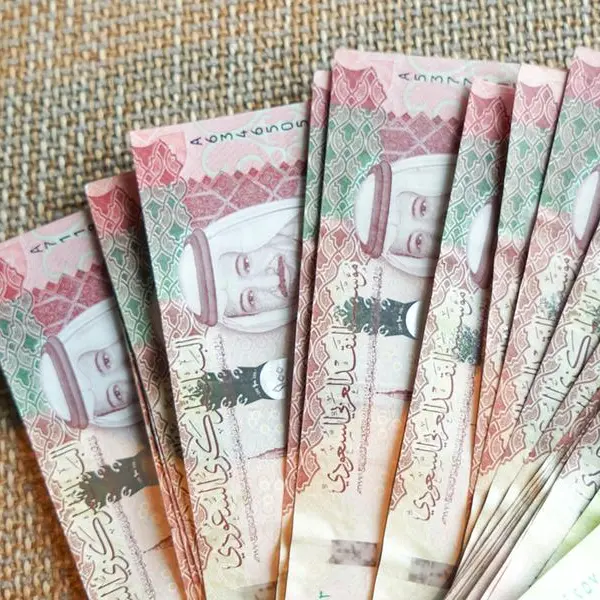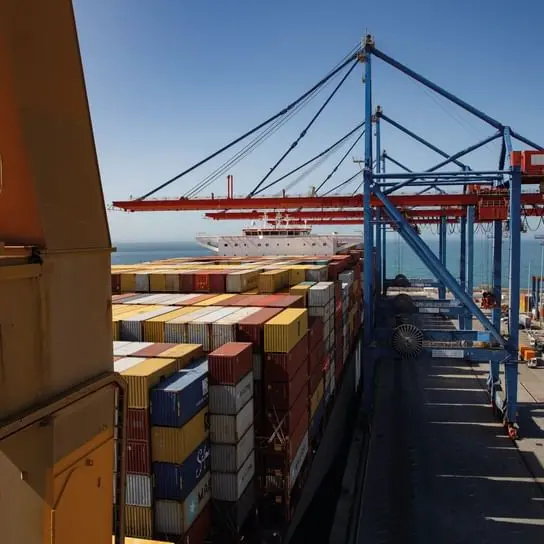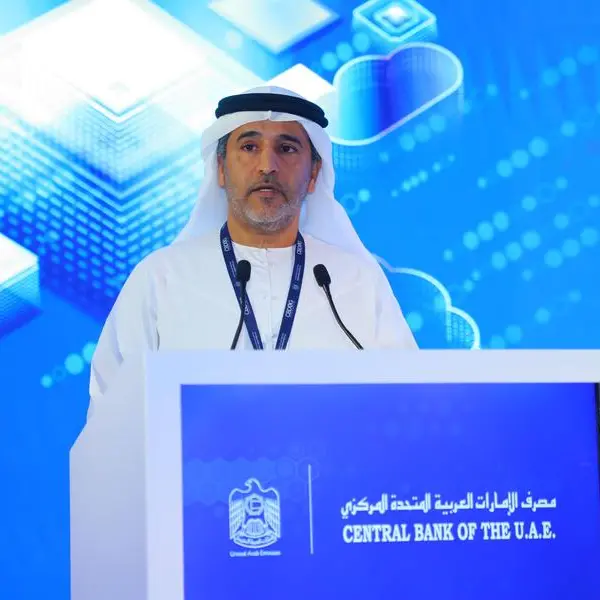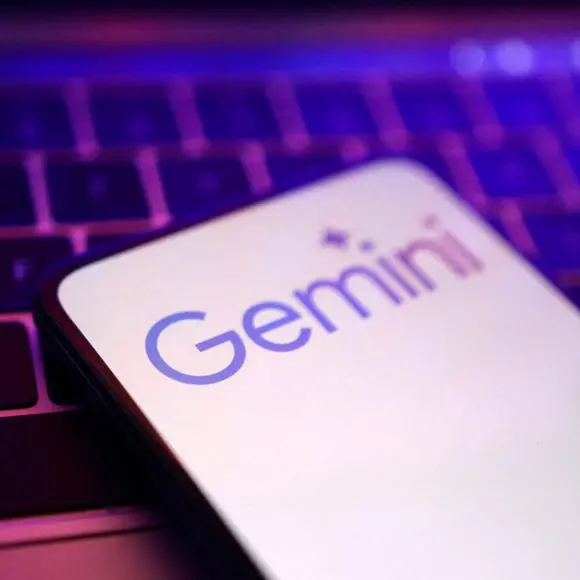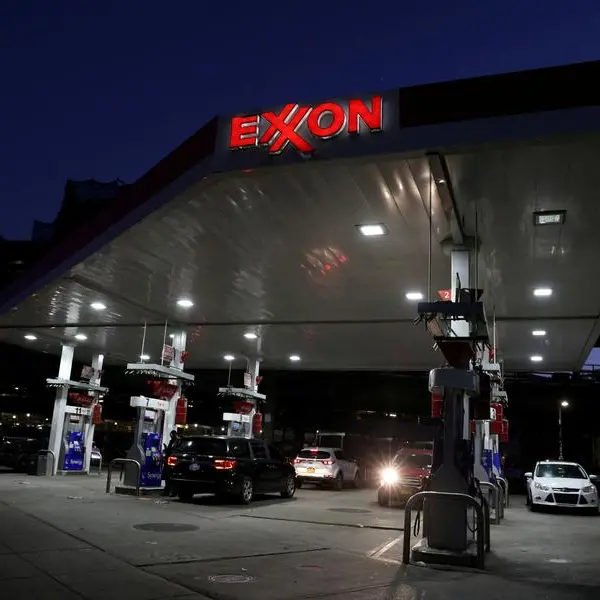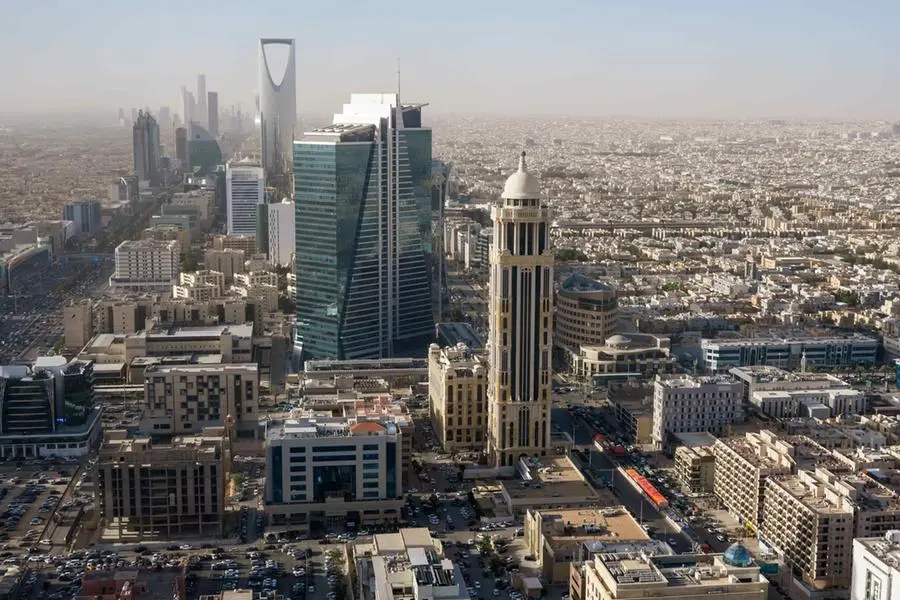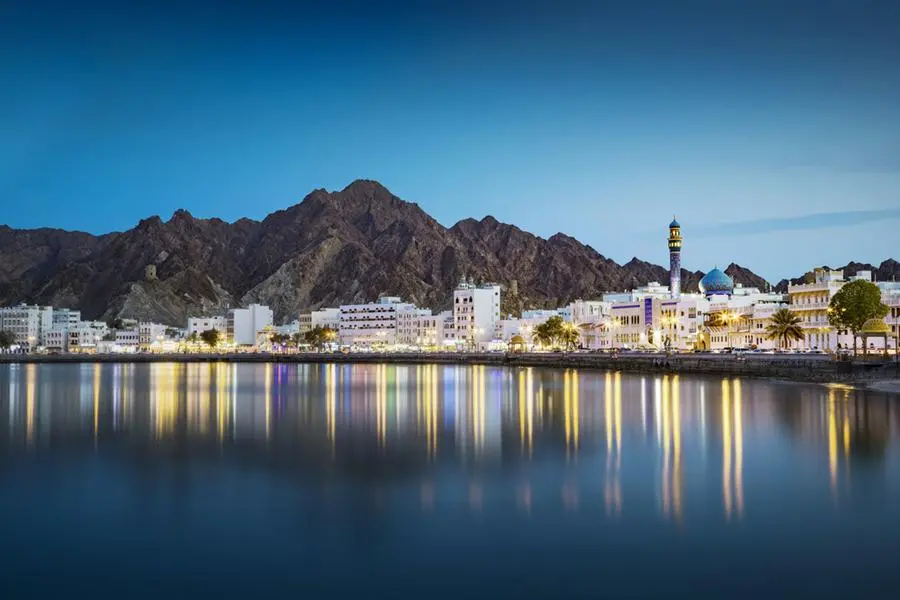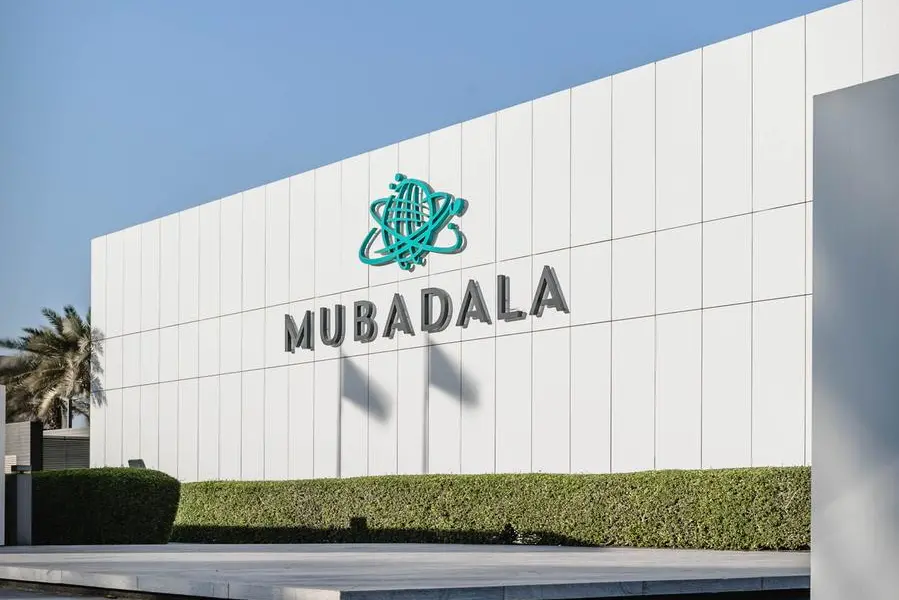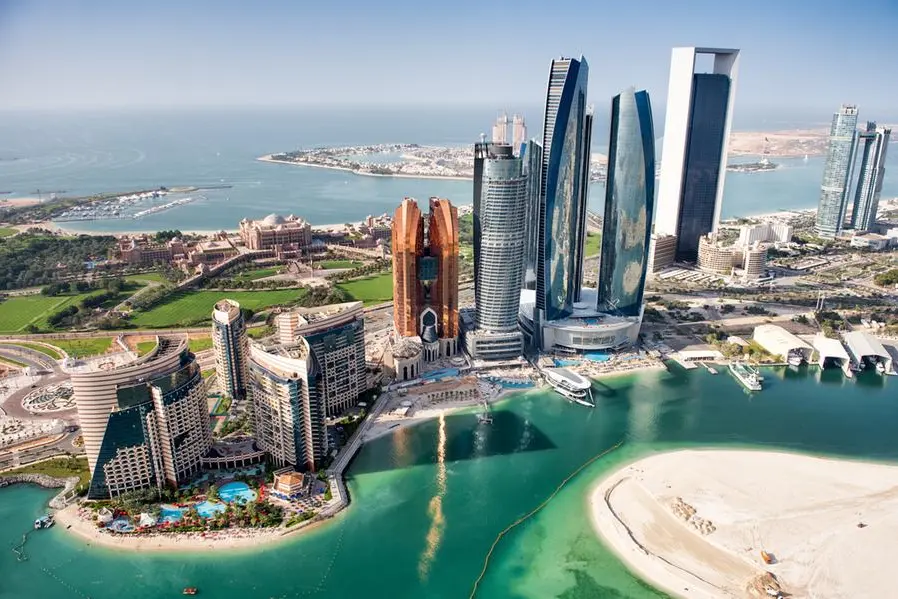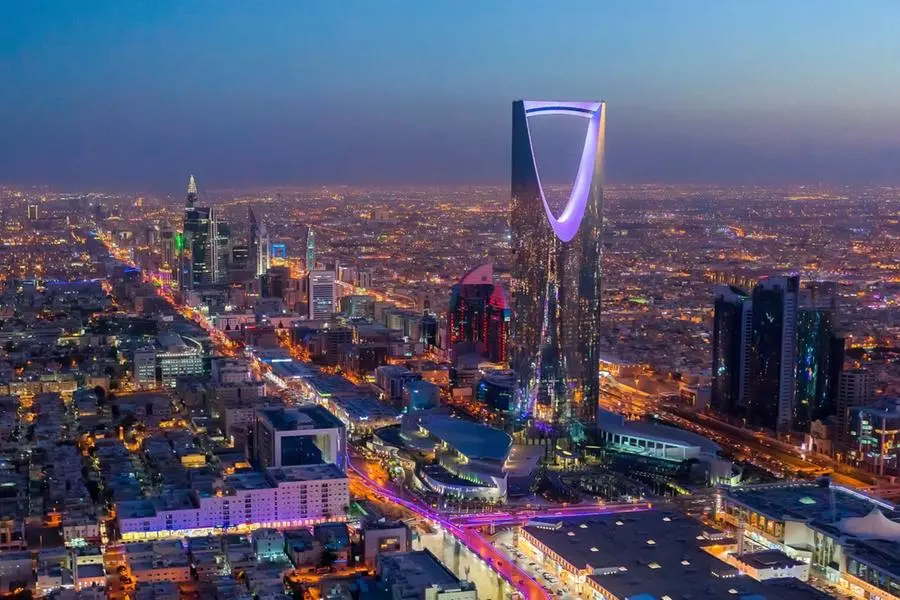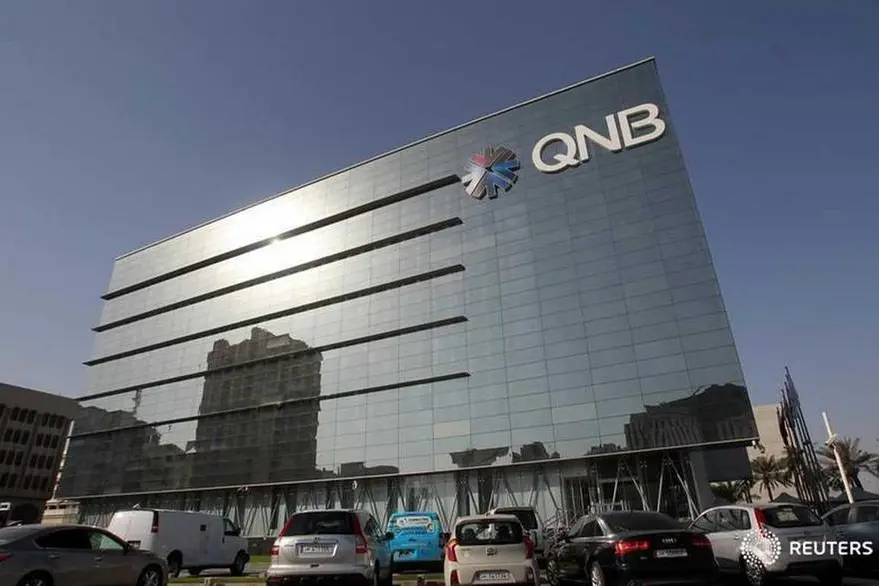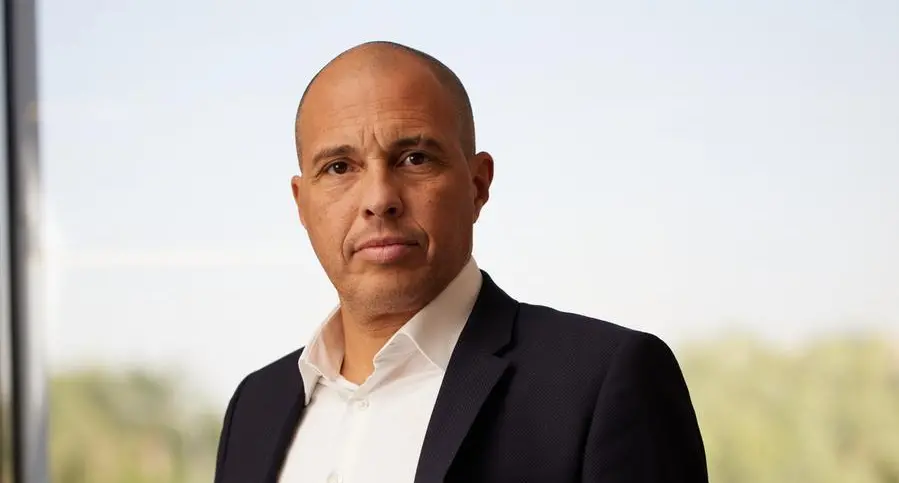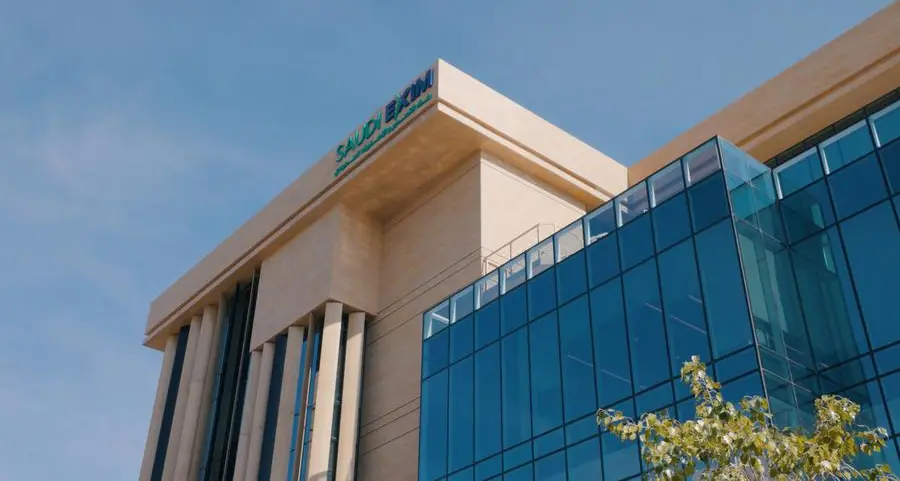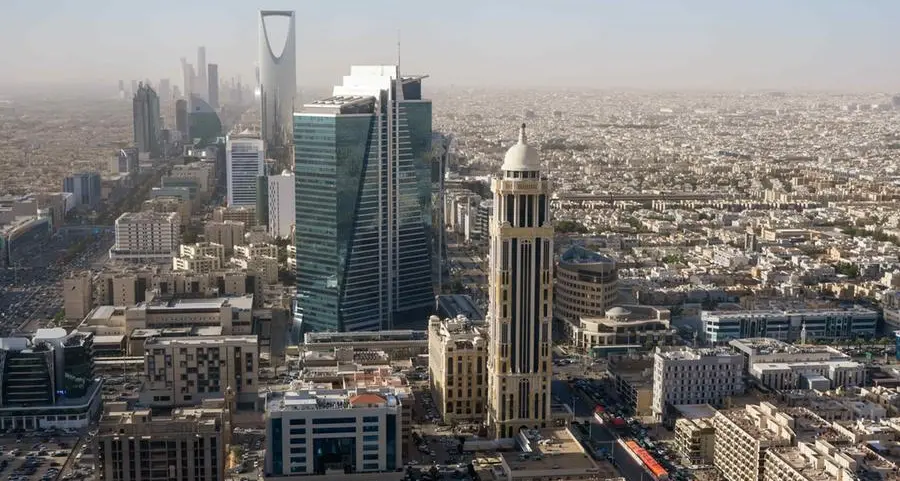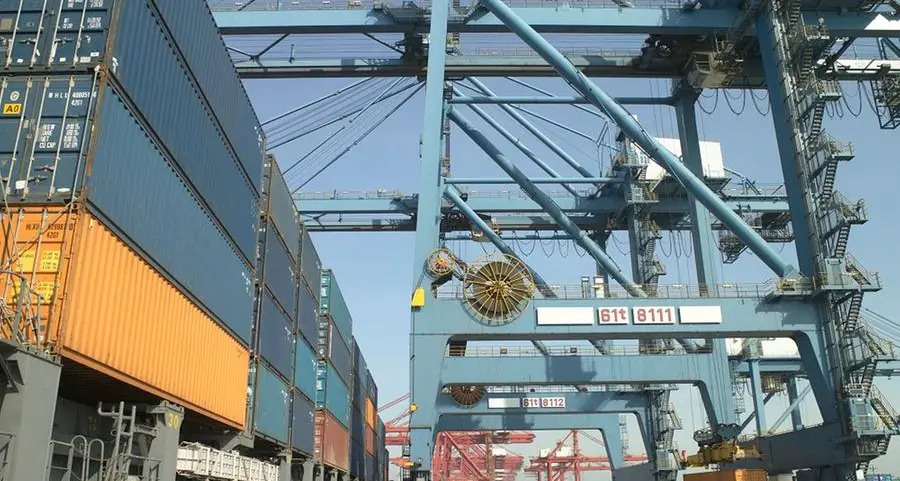Aesthetic, low energy, low maintenance, cost-effective-Underground Trickling Bio-Filter (UTB) technology fulfils these attributes as an unconventional option for onsite domestic wastewater treatment and re-use. David Heffernan, co-founder and Chief Executive Officer of Septech, which provides turnkey water and wastewater solutions throughout the Middle East, spoke to H20 about the UTB plant that his company is setting up in a Dubai palace.
Could you provide a general description of Underground Trickling Bio-Filter (UTB) and its applicability? Could you also elaborate on the treatment process?
The underground trickling bio-filter is a hidden treatment process that is ideal for sites where the visual aesthetics of the immediate environment need to be retained. For this reason, the UTB system suits villa developments on islands, parks and gardens, for housing clusters in landscape areas and anywhere where the client may want to minimise the visual impact of the sewage treatment process. Our UTB system is suitable for treatment of domestic wastewater at flow rates of less than 200m3 per day.
In terms of process description, raw sewage flows by gravity into the Primary sewage tank and into the Secondary sewage tank where the waste undergoes preliminary settlement and digestion during a retention period of more than 24 hours. The settled wastewater then flows into the pump well of the Trickling Contactor where it is mixed thoroughly and diluted with recirculation effluent, seeded, aerated and pumped via submersible non-clog pumps up to Trickling Contactor. The Trickling Contactor is filled with a high surface area polypropylene media onto which a rotary arm distributor continuously distributes the wastewater.
The biomass develops as the wastewater travels downwards and through the polypropylene media. This biomass is responsible for the assimilation of nutrients and organic matter from the wastewater in an aerobic environment. Consequently, as the wastewater passes downward over these biological slimes a rapid reduction occurs in the impurity content of the wastewater. The treated effluent from the Trickling Contactor is then collected into an under drainage system and re-directed back into the pump well in order to repeat the process and dilute any incoming wastewater from the Primary and Secondary sewage tanks.
During normal daily inflow to the pump well in the Trickling contactor from the Primary and Secondary sewage tanks, a corresponding amount of treated effluent is automatically redirected into the Clarifier by means of a specially designed ball valve. The movement velocity of treated effluent is dramatically reduced and settlement of the sludge particles occurs. The effluent from the Clarifier flows into the Chlorine Contact tank where it undergoes disinfection by the dosing of chlorine tablets.
Depending on flow rates, multiple trickling contactors and clarifiers can be used. Upflow bio-filters or above ground pressure sand filters can also be incorporated to reduce residual suspended solids.
Sludge return pump returns settled sludge each night from the Clarifier to the inlet of the Primary sewage tank.
Because sludge is continuously recycled, sludge accumulation in Septech UTB is minimal; therefore sludge removal is normally done only once every year or even longer. This is contingent on the influent parameters meeting the specified design values.
What are the benefits of UTB system?
Septech has installed a large number of UTB systems. The key benefits are as follows:
Low sludge volume - no need for frequent sludge removal by tankers as sludge removal is done on annual basis
No odour and no noise
Totally underground system
Very low power requirement and low chemical costs plus annual de-sludging frequency results in very minimal operating cost
Minimal above ground construction costs - rapid installation too
The UTB produces irrigation quality Treated Sewage Effluent which is suitable for watering and irrigation around the site.
What is the capacity of the UTB system at the Al Khawaneej site?
The Al Khawaneej UTB is for sewage treatment at the Palace and processes wastewater up to 20m3 per day. The system consists of six (6) x 3.5 metre diameter concrete tanks each buried to ground level thereby allowing convenient access for any servicing through access covers on the top of each tank.
What are the different components (from a process flow approach) of the UTB system?
Using a 35m3 per day UTB system as an example, the main components in the process are as follows:
Primary sewage tank
Secondary sewage tank
Trickling contactor
Feed and recirculation pumps
Sludge recycle pumps
Clarifier
Upflow Biofilter
Chlorine Contact Tank
Is the system operated in a single pass or re-circulating configuration?
Our UTB system is configured with continuous re-circulation of both the sludge and the treated wastewater.
What is the influent composition taken into consideration while designing the plant?
Each UTB plant is designed as per the following influent characteristics taken from a typical domestic wastewater source.
Parameter Unit - Maximum values
BOD5 mg/l 300
TSS mg/l 300
COD mg/l 500
NH3-N mg/l 25
pH Units 6.5 to 8.5
Temperature Deg C 35
It is assumed that the incoming sewage is purely from domestic sources and free from toxic and other substances that can be harmful or inhibitory to the downstream process. Properly designed grease traps or grease interceptors should be installed upstream of the UTB packaged STP. Our UTB system at Al Khawaneej has achieved the following effluent quality:
Parameter Unit - UTB Effluent values
BOD5 mg/l 10
TSS mg/l 10
pH Units 6.5 - 8.5
From the UTB design perspective, could you also elaborate on:
The filter medium, area and volume of the filter surface
The UTB filter medium is made from polypropylene with a high surface area. Each polypropylene block contains around 60m2 surface area. Each trickling contactor has 10m3 of filter media.
Organic loading rate for the plant
Typical organic loading is less than 2g BOD/m2 of filter media or 0.5 kg BOD/m3 media
The mechanism for spraying the wastewater
The rotary arm distributor continuously distributes wastewater onto the filter media.
Minimum wastewater flow rate to maintain an optimum environment for the bio-film to be effective
Our UTB can handle as little as 5 metre cubed per day.
System for collecting the solids and filtrate
From the trickling contactor, wastewater flows into a clarifier where solids separation takes place. Settled sludge in the clarifier is continuously recycled back into the primary sewage tank while the supernatant (for a single clarifier UTB) flows into a chlorination tank where it is disinfected using chlorine tablets. As already mentioned above, continuous recirculation of the sludge results in minimal solids inventory.
Aeration for the micro-organisms
External aeration is not provided; however, continuous recirculation (using submersible pumps) keeps the biofilm surface aerobic and ensures survival.
Is the depth of the media an important design factor?
Not in our UTB system; the media depth
is fixed
As in the larger plant, is there a need to precision manage the organic loading? Is there a risk of high BOD concentration in the plant?
It is not necessary to precision manage organic loading for as long as the wastewater comes from domestic sources only.
What are the energy friendly aspects of the plant's operation?
With the absence of air blowers, power consumption has been greatly reduced in our UTB system. The total power consumption for the UTB at Al Khawaneej is 1.15 kWh per m3 of sewage treated for the total plant operation. Other types of sewage processes are at least 2 x this value. For the rotary trickling motor, the power draw is so low that a solar panel with regulator would suffice.
How does the system handle no-flow and excess flow scenarios?
By recycling effluent each night the biomass in the trickling contactor is being fed with stored organics from the Primary Sewage Tank. This keeps the micro-organisms at maximum population levels and reduces the problems of the UTB plant not being used for extended periods, like for example, vacations. Consequently, untreated effluent is prevented from being discharged from the unit when persons return suddenly from extended periods of non-use.
© H2O 2010
